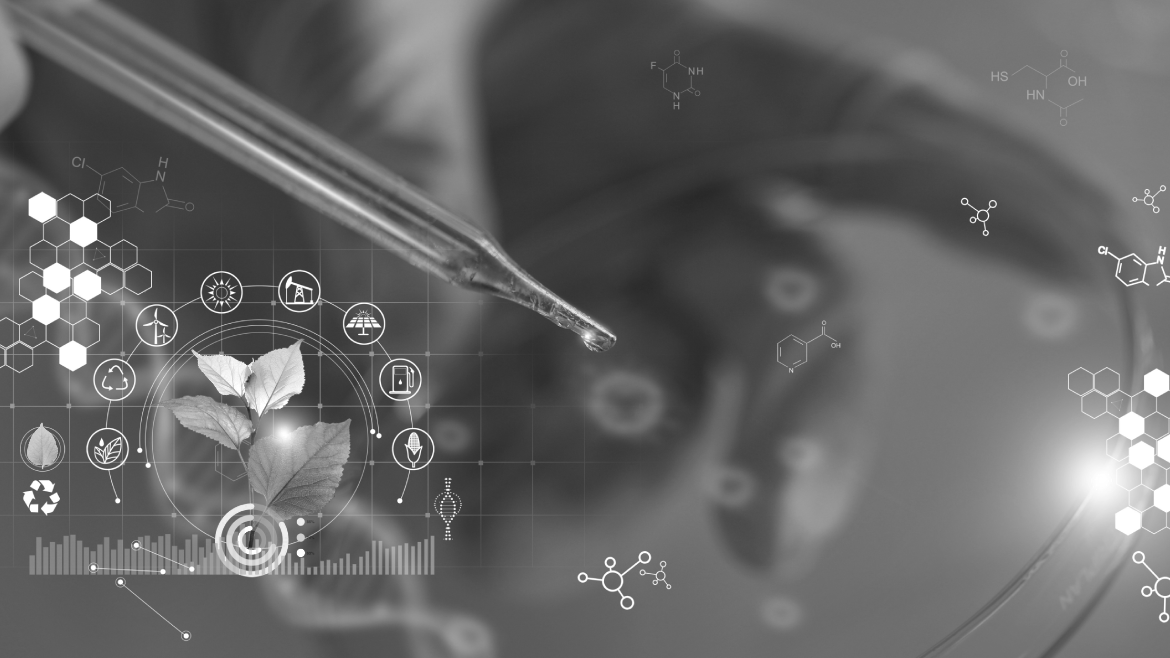- Julie Mohbat
- 0 likes
- 15037 views
- 0 comments
Our skin
The skin is the largest organ of the human body and serves as a crucial interface between the external world and our body. Many of our emotions can be felt through our skin: fear, stress, and happiness can manifest as blushing, paleness, or radiance. The skin also acts as a protective barrier for our body, forming a shield that filters exchanges with the environment. Monitoring external changes such as temperature and humidity, skin cells transmit stimuli to the nervous system through chemical messengers known as neurotransmitters.
As a result, there exists a bidirectional connection between our skin and our brain through skin surface neuroreceptors that release neurotransmitters.
Neurocosmetics
Neurocosmetics are products designed to leverage this interaction by targeting cutaneous neuroreceptors and their mediators to impact the nervous system and provide a stimulating or soothing effect.
Building on a deep understanding of the connection mechanisms between the brain and skin, neurocosmetics research aims to develop products based on functional ingredients analogous to endogenous mediators that influence skin balance. The synergy between neuroscience and cosmetics paves the way for a new form of personalized, effective, and safe skincare.
References
Rizzi,V.;Gubitosa,J.;Fini, P.; Cosma, P. Neurocosmetics in Skincare—The Fascinating World of Skin–Brain Connection: A Review to Explore Ingredients, Commercial Products for Skin Aging, and Cosmetic Regulation. Cosmetics 2021, 8,66. https://doi.org/10.3390/ cosmetics8030066
Boulais N, Misery L. The epidermis: a sensory tissue. Eur J Dermatol. 2008 Mar-Apr;18(2):119-27. doi: 10.1684/ejd.2008.0348. PMID: 18424369.
Lintner K, Mas-Chamberlin C, Mondon P, Peschard O, Lamy L. Cosmeceuticals and active ingredients. Clin Dermatol. 2009 Sep-Oct;27(5):461-8. doi: 10.1016/j.clindermatol.2009.05.009. PMID: 19695477.
Ahsan H. The biomolecules of beauty: biochemical pharmacology and immunotoxicology of cosmeceuticals. J Immunoassay Immunochem. 2019;40(1):91-108. doi: 10.1080/15321819.2018.1555766. Epub 2018 Dec 26. PMID: 30585122.
Par Julie Mohbat
Master 2 in Life Sciences Engineering, EPFL, Lausanne, Switzerland
Julie is a Master 2 graduate in Life Sciences Engineering at EPFL, specialising in neuroscience and neuroengineering after a Bachelor degree at the same school. Her skills lie at the interface between engineering, life sciences, biochemistry and cellular and molecular biology with a focus on biotechnological innovations for medicine.



comments (0)